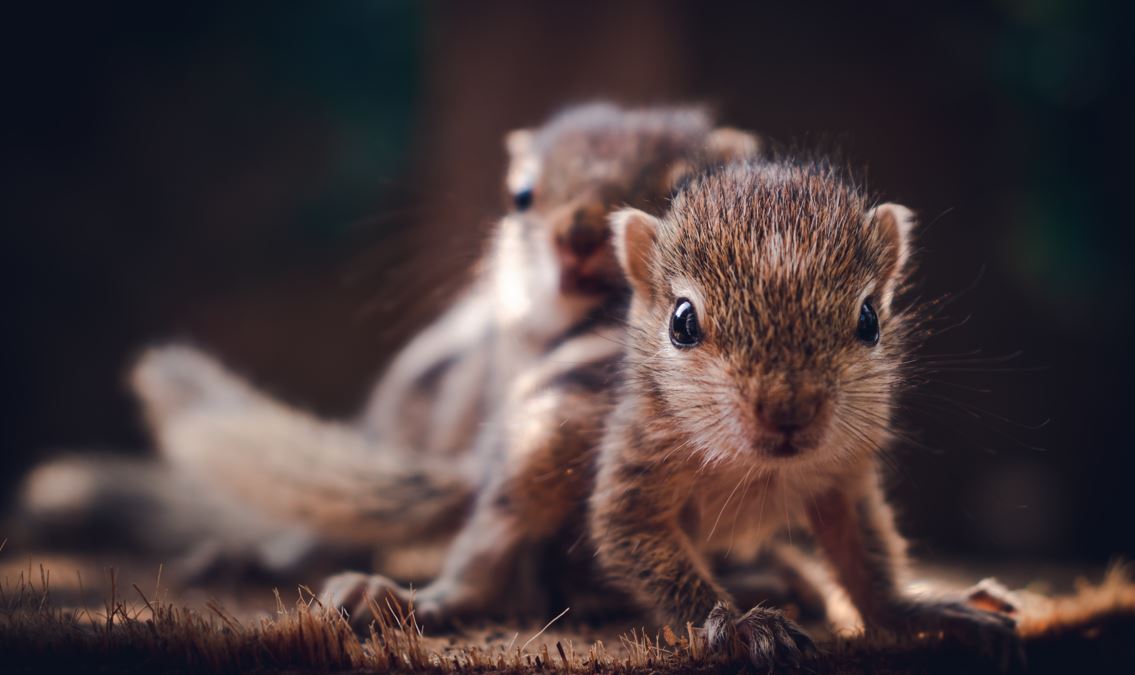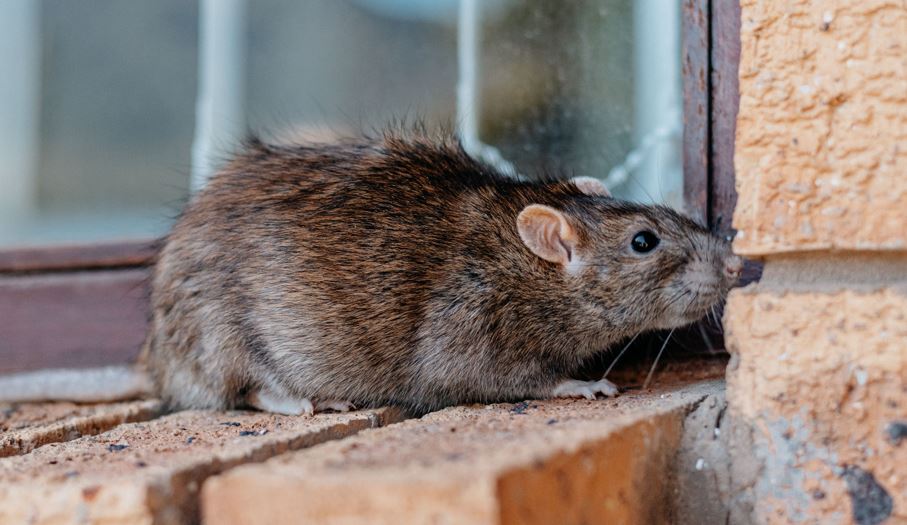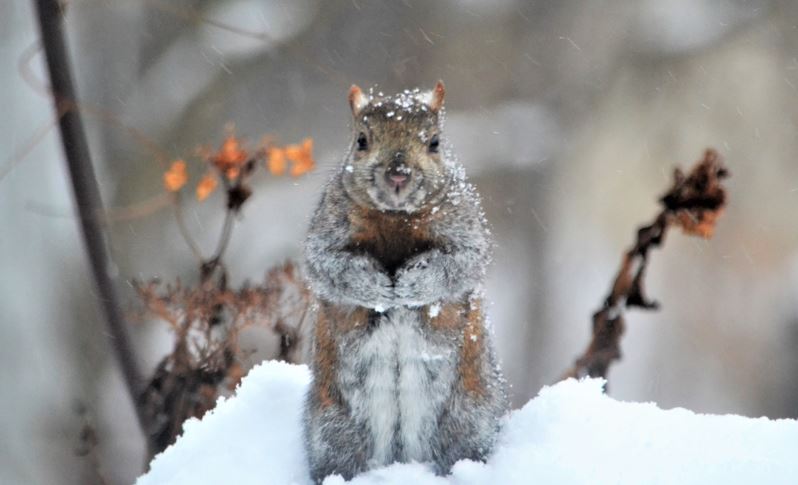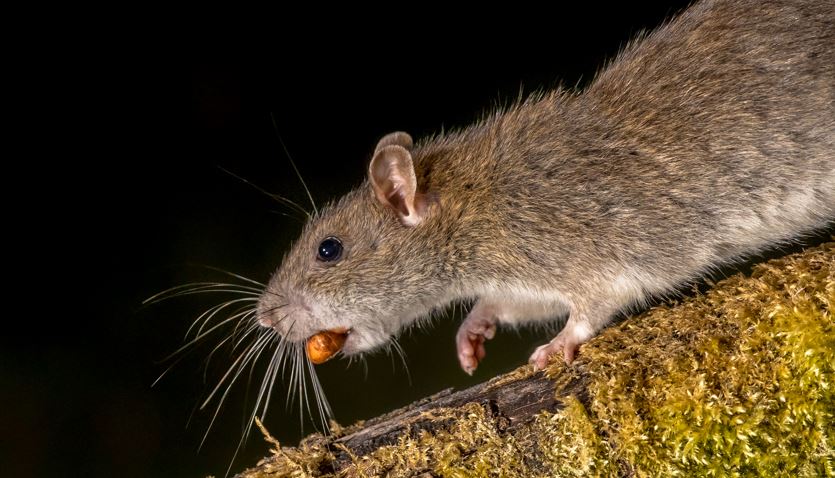So, you’ve got raccoons. How do you know? Maybe you’ve seen them, or maybe you’ve just noticed the telltale, and inevitably messy, signs. Your bird feeders are empty, your garden has been destroyed, your trash bins are being knocked over with trash now scattered around the yard, plus your normally well-behaved dog is LOSING IT on the regular. These little masked bandits can be one of the most frustrating pests a homeowner can face. But there are a few tricks that will help get rid of raccoons, and get you back to a full night’s sleep.
Raccoon Removal – Do this First!
Figure out where the raccoons are nesting. Are they in the attic? Under the deck? What about the crawl space or shed? If you know where they’re going, you can target them more effectively and get this problem solved.
How to Get Rid of Raccoons in the Attic
We’ll start with an attic infestation, since it’s probably the trickiest to deal with. Most of the time, if a raccoon has worked its way in there, it’s a female looking for somewhere to give birth and nest. She’s going to be cagey and aggressive, but she also has to leave to hunt, which gives you your opening.
Raccoons are light shy, so she’s going to be gone primarily at night. Listen closely for squeaks and scratching noises, and use those as your guide to her nest. If the babies are very young, you may have to remove them by hand (while wearing gloves, please). However, if they’re old enough to move around on their own, you can trap them using live cage-traps. Bait it with marshmallows, and then use the babies to lure the mother into a cage trap of her own. This method works best if you can do it when you know the mother is out. Raccoons are clever animals, and nursing mothers are going to be more leery than most.
The second option is Raccoon Eviction Fluid. Made from the scent glands of a male raccoon, this is the one raccoon repellent that works on pregnant or nursing mothers. Male raccoons are cannibalistic, and by tricking a female raccoon into thinking there’s one in the attic, you may be able to drive her and her offspring out of there. Soak several tennis balls or rags with the substance, and toss them around the attic.
Now, pay attention, because this is important: when you go online to purchase the Raccoon Eviction Fluid, MAKE SURE that is what you get. There are dozens of products out there marketed simply as “raccoon repellent”, and the vast majority of them do not work.
If you are lucky enough to end up with a baby-free raccoon, your attic eviction job just got a lot easier. Live traps in the attic still have a pretty low success rate on adult raccoons, but, once you locate the raccoon’s entry point (pro tip: check the roof) you can install a one-way door over the passageway and, once it’s out, seal up the opening. These are easily found online – just do a google search for a “one way raccoon door” or “excluder nose cone”. These can also work with nursing mothers, but you run the risk of them ripping a new hole in your roof to get back to their babies.
How to Get Rid of Raccoons Under the House or Shed
In these situations, you have some easier options. Live traps baited with marshmallows will usually draw them out from their hiding spaces, and, once you’re sure the space is empty, you can seal the holes. Steel mesh barriers are effective, but raccoons are diggers, so you’re going to need to dig a shallow trench around the area first, set the steel mesh down in it, and then bolt the top of the mesh to the invaded house or structure.
It’s usually much easier to simply make re-entry unattractive to the pests.
How to Deter Raccoons From Other Areas
Invest in latching garbage bins or, if practical, stow the bins in the garage between pick-ups. Temporarily remove any bird feeders. If you have an outdoor dog, make sure not to leave any leftover food where a raccoon could get to it.
If the raccoons are attracted by your swimming pool – they love to wash and swim – purchase a safety cover. Anything rated as safe for young children should be enough to deter a raccoon.
A motion-activated security light will go a long way, since, as we have established, raccoons hate bright light and will go out of their way to avoid it. The most important thing is to make your home unappealing to raccoons, or at least less appealing than those of your neighbours.
Under Control – Whew, the Raccoons are Gone!
Hallelujah! Now, make sure you don’t forget all those good, healthy, raccoon-unfriendly habits you developed while you were getting them out. Raccoons move around, and you’d hate to expel one, just to end up accidentally inviting a new fellow in. Remember: raccoons are opportunists. As long as your house isn’t the most inviting one on the block, your raccoon problems are likely behind you.
Of course if you’re still having problems and those raccoons just won’t go away, you’re going to have to contact a professional raccoon control company.




